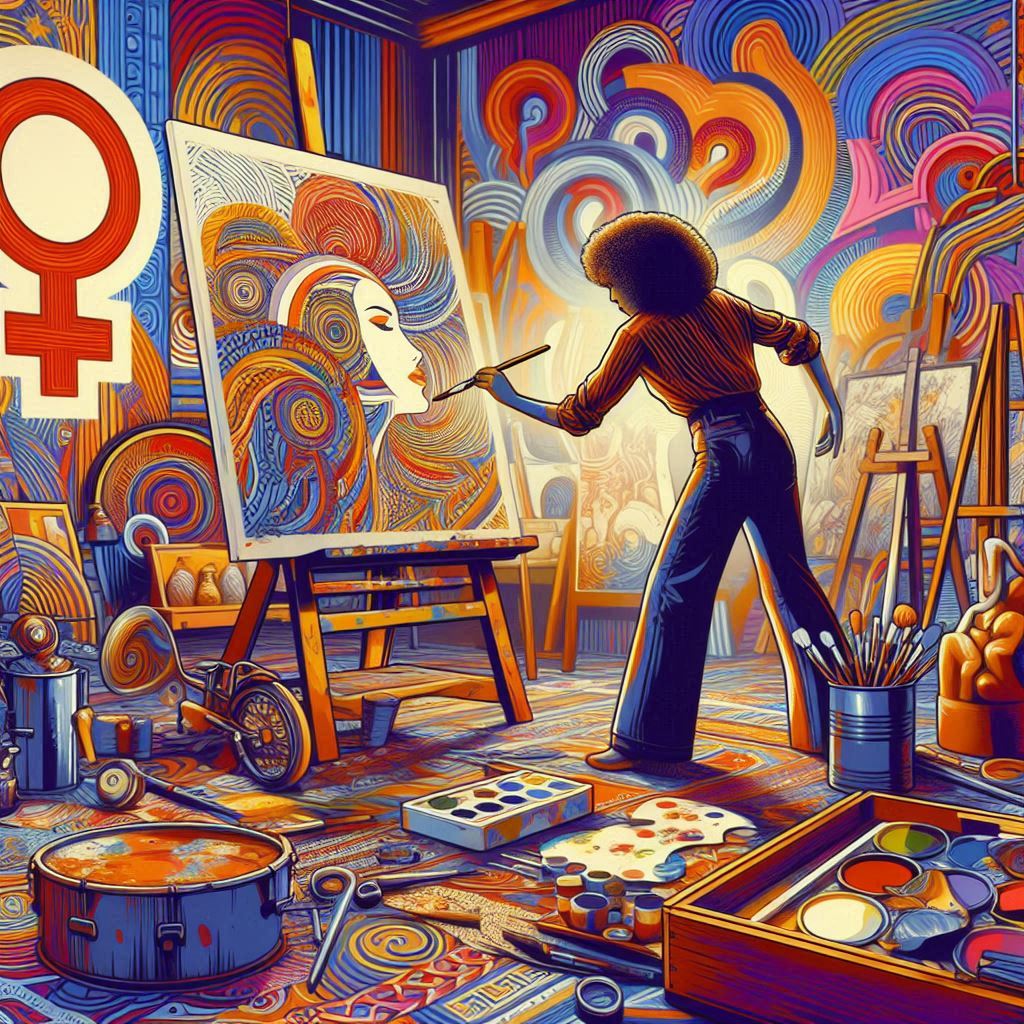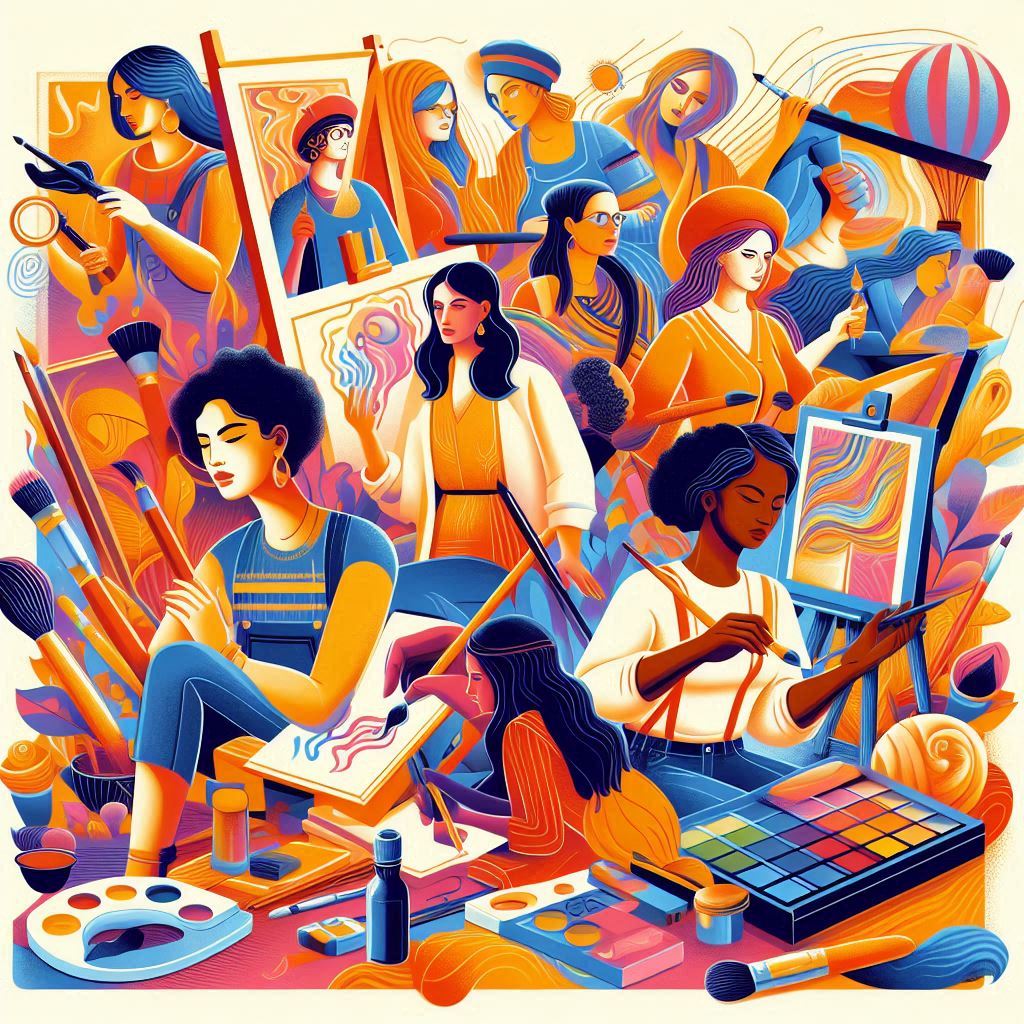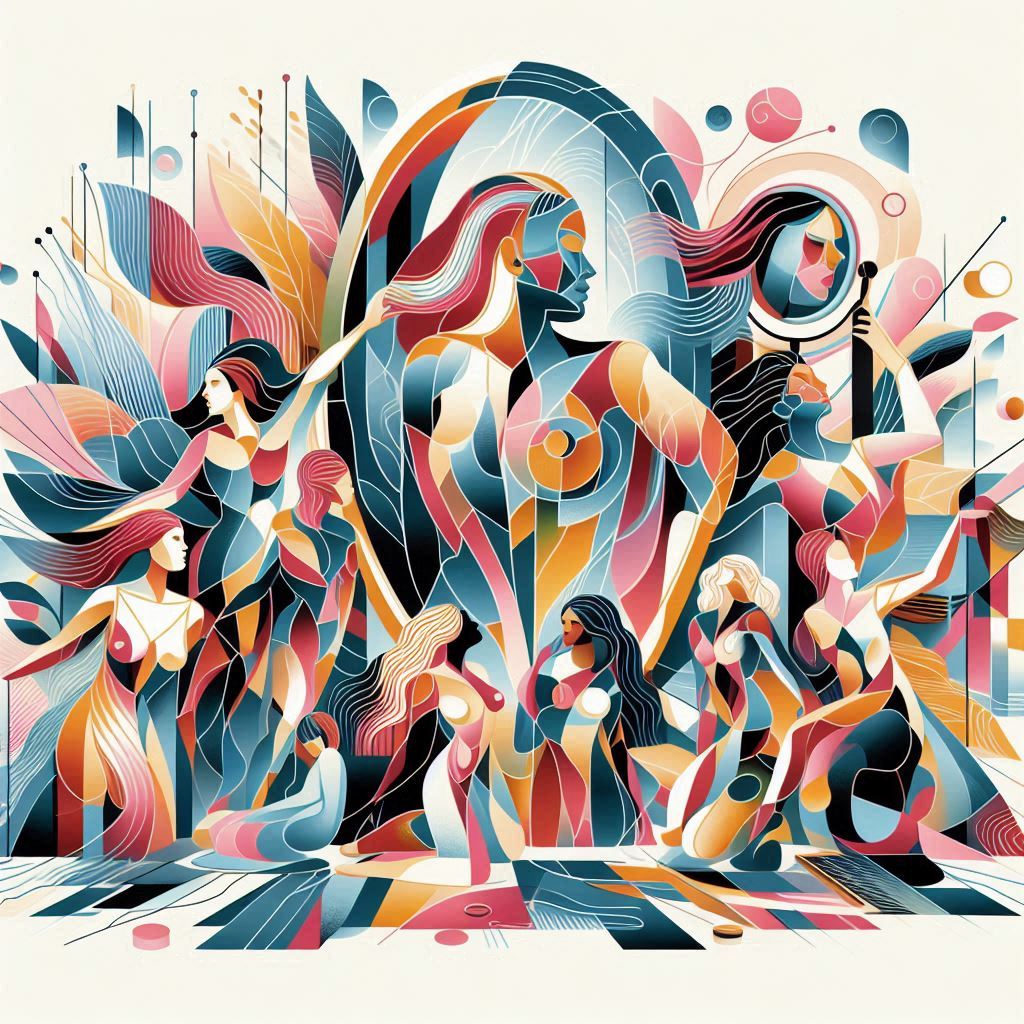Throughout history, art has been a powerful tool of expression and cultural commentary. However, for centuries, the art world has been predominantly male-dominated, often sidelining or marginalizing the contributions of women. The feminist art movement emerged in the mid-20th century as a response to this exclusion, revolutionizing the way women were represented in art and allowing female artists to reclaim their voices. The evolution of women’s art history is a story of resilience, creativity, and the continuous fight for equality.
The Birth of Feminist Art Movement
The feminist art movement began to take shape in the late 1960s and early 1970s. As the second wave of feminism gained momentum, women artists began to demand more recognition in a field where they had long been underrepresented. In response, feminist artists sought to challenge traditional notions of gender, identity, and power within the art world.
One of the most pivotal moments in the history of feminist art was the creation of the Feminist Art Program at the California Institute of the Arts in 1970. This program, led by artists like Judy Chicago and Miriam Schapiro, provided women with the opportunity to learn and create art in an environment that was dedicated to exploring feminist themes. This initiative marked the beginning of an era where art was not just a medium of creative expression but a powerful tool for political and social change.
Challenging the Male Gaze: The Early Impact
During the early years of the feminist art movement, artists began to deconstruct the traditional representations of women in art. For centuries, the male gaze dominated artistic depictions, reducing women to passive subjects and objects of desire. In response, feminist artists sought to reclaim their narratives, turning the camera and the paintbrush on themselves to tell their own stories.
Artists like Mary Beth Edelson, with her groundbreaking piece Some Living American Women Artists (1972), began to reframe the representation of women in art by creating works that celebrated female power, creativity, and history. Similarly, Judy Chicago’s iconic installation art piece, “The Dinner Party” (1974-1979), became a symbol of the feminist art movement. Through this monumental work, Chicago honored the contributions of 39 women throughout history, such as Virginia Woolf, Sojourner Truth, and Georgia O’Keeffe, many of whom had been overlooked by the dominant historical narrative.
This era of feminist art was instrumental in challenging the concept of art as a purely male-dominated domain. By creating their own space and art, these women made it clear that they would no longer be passive subjects in the art world.
Feminist Art’s Global Impact and Intersectionality
As the feminist art movement continued to grow, it became clear that the fight for gender equality in the arts was not limited to the Western world. Feminist artists from around the globe began to unite, creating a more inclusive and intersectional understanding of women’s experiences in art. This broader perspective acknowledged the different challenges faced by women of color, working-class women, and those from marginalized communities.
Carmen Lomas Garza, a Mexican-American artist, incorporated her cultural heritage and personal experiences into her artwork, creating pieces that depicted strong, empowered women within the context of Latinx culture. Ana Mendieta, a Cuban-American artist, used her work to explore themes of identity, belonging, and the relationship between body and nature. Her Silueta Series (1973-1980) powerfully utilized the female form to investigate the connection between womanhood, earth, and spirituality.
Through these works, the feminist art movement expanded its boundaries and embraced a diverse range of experiences, solidifying the idea that the feminist struggle for representation in art was far-reaching and multifaceted.
The Continued Relevance of Feminist Art in the 21st Century
In the 21st century, the feminist art movement continues to evolve and inspire contemporary artists. Today, feminist artists tackle issues such as body politics, gender fluidity, and intersectionality, while addressing contemporary societal challenges such as the #MeToo movement, gender violence, and LGBTQ+ rights. Digital media, performance art, and installations have become new platforms for feminist art, allowing women to reach broader audiences and amplify their messages in the age of social media.
Kara Walker, a contemporary African-American artist, is known for her provocative work that challenges stereotypes and examines race, gender, and historical power structures. Her iconic silhouette installations confront the viewer with the uncomfortable truths about race, history, and the exploitation of women. Walker’s work speaks directly to the continued importance of feminist art in addressing social and political issues in the modern world.
Another contemporary artist, Yayoi Kusama, whose work blends surrealism, minimalism, and pop art, explores themes of obsession, self-identity, and the female body. Kusama’s iconic polka-dotted works and immersive installations, such as her Infinity Rooms, invite viewers into a universe where the boundaries between self and other, artist and audience, dissolve. Kusama’s work challenges traditional notions of femininity while embracing the complex relationship between the individual and the world around them.
Conclusion: The Enduring Legacy of Feminist Art
The feminist art movement has left an indelible mark on the art world, reshaping the way women are represented and allowing for a more inclusive, diverse, and politically charged approach to artistic expression. Through their works, feminist artists have challenged societal norms, reclaimed their narratives, and paved the way for future generations of women to take their place in the artistic canon.
As we look to the future, the legacy of feminist art will continue to evolve and inspire new generations of artists to challenge the status quo and use art as a tool for social justice. The brushstrokes of feminism have forever altered the landscape of art history, and women’s contributions will continue to be celebrated and honored for years to come.



Leave a Reply